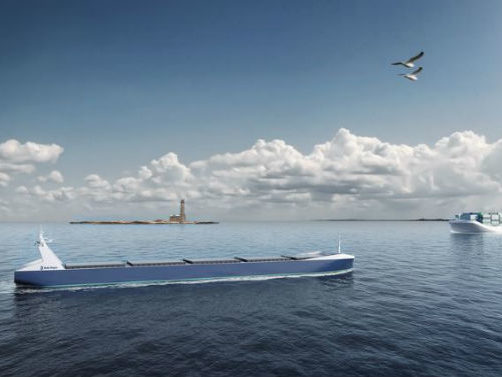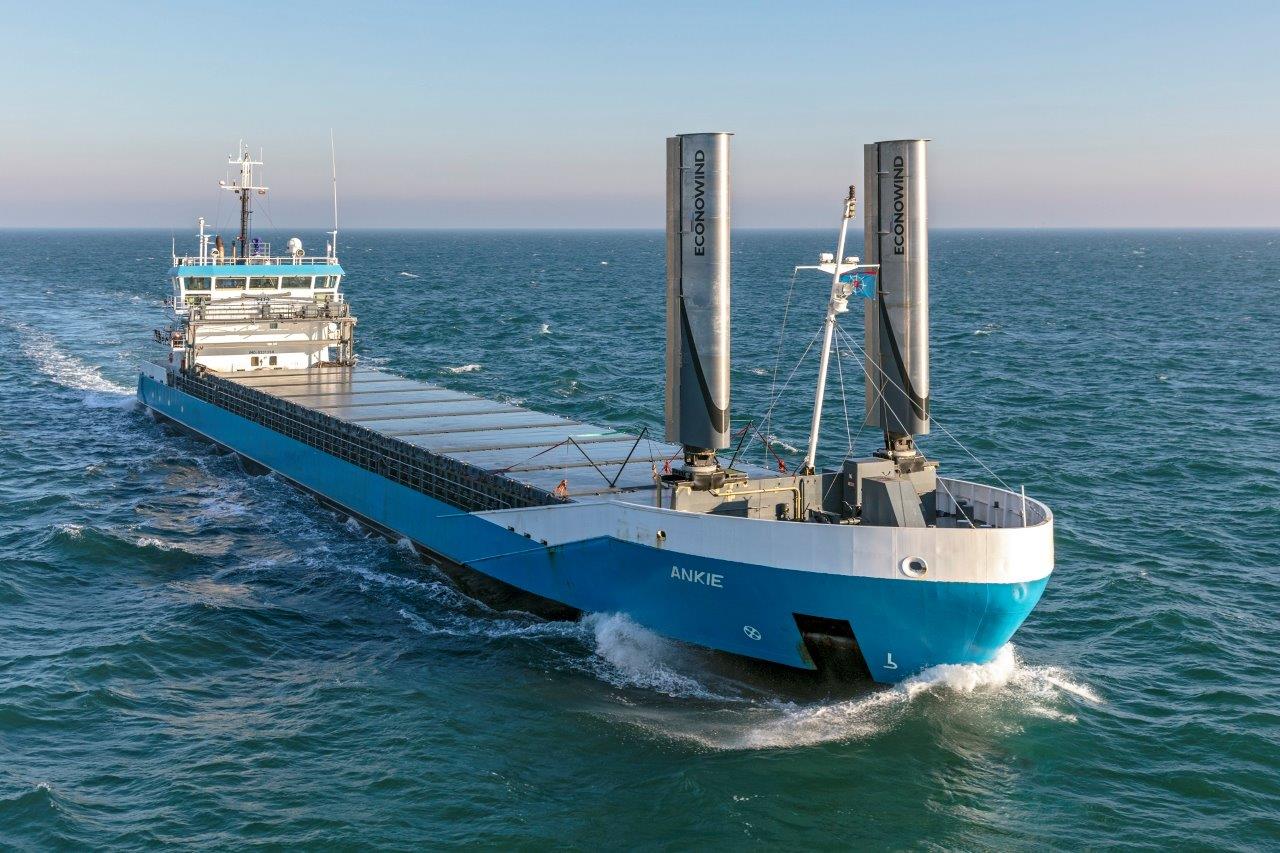The IMO has begin the scoping exercise to determine how regulations may need to be adapted to allow for autonomous, unmanned ships. The headline writers will have a field day again, portraying the arrival of unmanned ghost ships, goliaths and the demise of the seafarer as we know it.
But the reality of what the IMO is considering is perhaps, well, not that quick.
For starters a clue is in the IMO’s own explanation about what the Maritime Safety Committee, the IMO meeting where these discussions and others are taking place.
The IMO has called them Maritime Autonomous Surface Ships, and said “The work at this session is expected to focus on the framework of the regulatory exercise (e.g. instruments to be considered) and a plan of work, including expected deliverables, coordination mechanisms and future work. It is anticipated that a Working Group will be established to develop a plan of work and terms of reference for an intersessional correspondence or working group.
This is the start of what the IMO calls a proactive and leading role on the issue, given the rapid developments we have heard in the industry from companies like Rolls-Royce, Wärtsilä and Kongsberg.
There’s also the national pride of countries like Norway, Finland, Denmark and the UK that all see value in having a national stake in the game, often b providing areas of national waters that can be used for sporadic testing of drones, radio-controlled systems and prototype autonomous small craft.
Unfortunately it has been these companies and others behind the advances of autonomous technology that have fanned the flames of the attention seeking headline writers, showing the press what can be done rather than what the reality will likely be.
What the IMO will have to do in its deliberations is focus on the safety elements, the human element, which means what impact on any crew that are involved in such systems and how the autonomous systems will then do things like come into port, congested waters. It will also look at the environmental perspectives, how to tackle an environmental incident if there is no on to so so
There are many different views of the advantages and disadvantages of unmanned or autonomous craft (many people have noted the difference between the two descriptions) but with the Yara Birkland set to lead the way in Norway, one can clearly say there is change coming, te question will be how, and then on a commercial level to ask, Is it worth it?
Tankers, LNG carriers, passenger ferries and cruise ships are unlikely to be unmanned, though there is no doubt there could be higher levels of autonomy. In a Fathom World webinar recently Wärtsilä and GulfMark talked about their remote control tests on an offshore support vessel. The ship owner pointed out that such tests, and such operations, would not be allowed by the charterer when the vessel is in the 500 m exclusion zone of an offshore installation.
Small coastal vessels, tugs and other harbour craft, and the floating road bridges that span national waters could also be unmanned and autonomous.
The IMO’s scoping exercise will take a while to complete, and f the decision is made to change any rules, then that too will need a period of time for the texts to be written, agreed on, approved and then adopted.
This is an intriguing time. The technology is here, just just about finding the right place to use it.
































